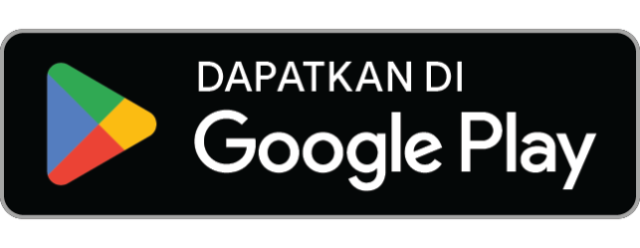Everybody is a genius. But if you judge a fish by its ability to climb a tree, it will live its whole life believing it is stupid.
The quote above is indeed still controversial whether made by Albert Einstein, Matthew Kelly, or Apocryphal. Whatever it is. We are going to talk about its content rather than the author.
The quote implies that everyone is smart but has different learning styles. It is just like a fish will perform much better in swimming rather than climbing a tree. It is equal to a learner will comprehend the material better in reading than listening. Therefore, teachers, tutors, or education providers should be able to teach the way the learners learn to achieve effective learning.
What is the learning style?
Learning styles is an identification of in what way people will learn best. This term is a lifetime discussion within the psychology and education field because it relates to achieving learning goals and making learners learn effectively.
There are various categories of learning styles. It has been popular since the 1970s and 1980s. However, Neil Fleming’s VARK model is the most used. The VARK model was invented in 1987 and aimed to help learners learn more about their learning preferences.
VARK stands for Visual, Auditory, Reading and Writing, and Kinaesthetic. Those are the way Neil Fleming categorized the learning styles. Learners are identified whether they learn best through teaching methods and aids that facilitate visual, auditory, reading/writing, or kinaesthetic learning.
Why should we accommodate learning styles?
Each learner may absorb information differently based on their learning style and pace. Providing learning content that is accessible to all learners and meets their learning styles will help them to understand the materials easier. The learning process will be more effective and engaging.
Furthermore, understanding each learner’s learning style will make your course or institution more inclusive. This inclusiveness will be an additional value of your course or training institution. Besides, it will appeal to more people and add more sales.
Accommodating learning styles in online learning via an LMS
Accommodating learning styles means providing learning content that suits the way learners learn. As we have recognized VARK learning styles, the next step is determining learning aids and activities that enable the learners to acquire the knowledge best.
Accommodating learning styles in online learning is not as easy as face-to-face. It needs more creativity and effort. Here is a more detailed explanation.
Visual Learners
Approximately 65% of people around the world are visual learners. They learn from something they see, like images, diagrams, charts, and presentations. They usually make a visual note of their own. So, they need a visual aid to learn. For instance, videos explaining the lesson, embedded videos from YouTube to watch, information in diagrams or tables, content in images or slideshows, downloadable worksheets, and asking the learners to pick out key ideas of the lesson and then write them down in various colors.
Auditory Learners
Providing your courses in full-text format will be challenging for auditory learners. They may struggle with reading. That is why you need to vary your learning contents to accommodate the auditory learners who need reinforcement through sound. They learn best at the hearing, like listening to the teacher’s explanation. For more examples, you can accommodate auditory learners by creating videos explaining the lesson, audio files to listen to, embedded podcasts or YouTube videos, and setting up a live forum of questions and answers. Remember that auditory learners will not stay quiet for a long time. So, it is necessary to design activities that enable them to share ideas or ask questions.
Reading and Writing Learners
These learners will learn best by reading and writing. It is almost similar to visual learners. But, they focus more on words, not images like visual learners. The teacher can help them by creating downloadable notes and checklists to be reviewed by the learners after the class, providing information in diagrams or tables, using lists, and suggesting extra reading by giving links to blogs or website posts related to the lesson. This type of learner is good at remote learning.
Kinaesthetic Learners
Kinaesthetic learners will learn best if they do something or move. To help them learn, you can provide a downloadable worksheet to accomplish, give them problems to solve, provide interactive learning aids like SCORM content that enable them to keep moving, have collaborating online writing, and gamification.
To distribute those various learning aids in online learning, you need an LMS. However, you cannot choose any LMS without considering its compatibility. Make sure that your LMS is compatible with various formats of learning content. We have Katalis.App as our recommendation. It is compatible with many content formats, mobile friendly, and gives you no drama of site down as it runs under Open edX.


0 Comments
Leave A Comment